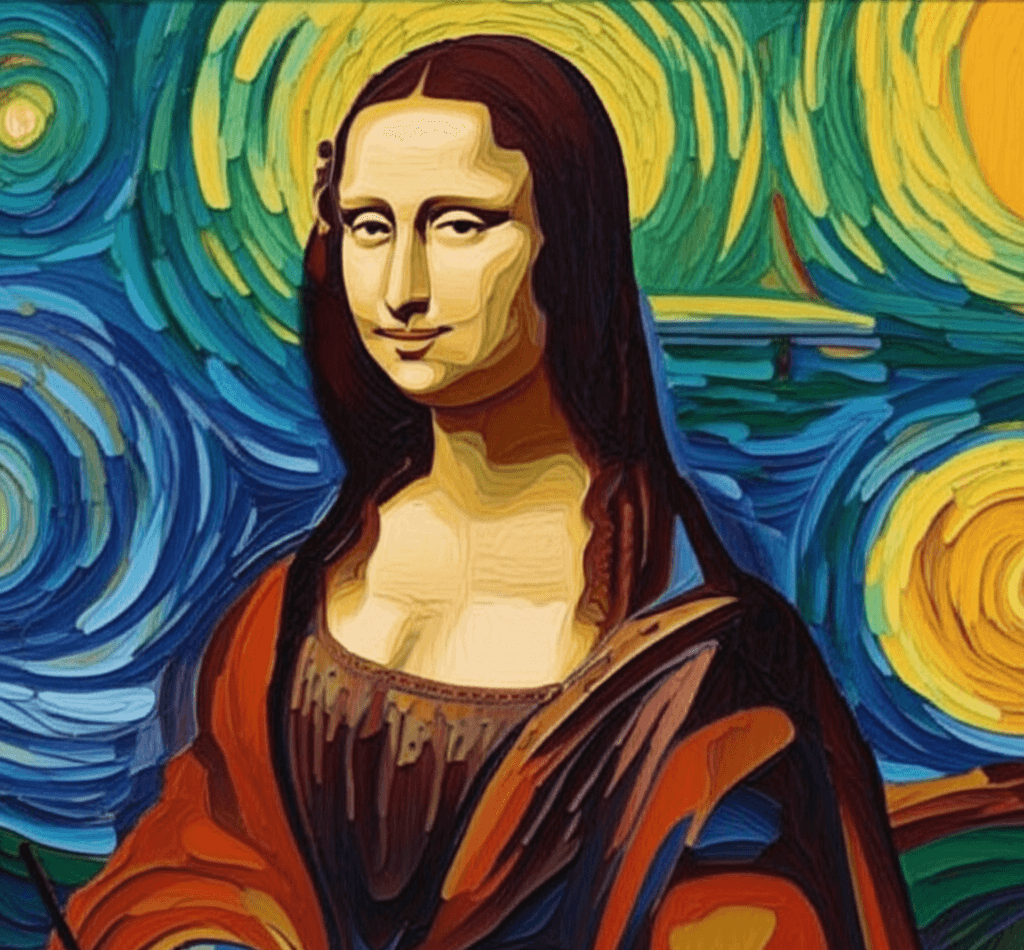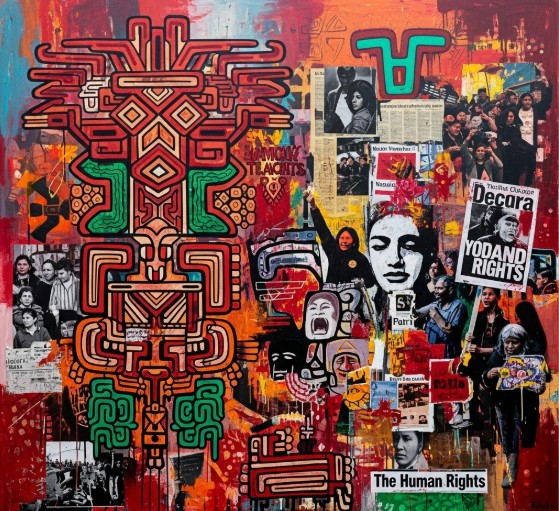How Cultural Heritage is Preserved Through Art
Introduction: Art as the Guardian of Culture
Art has long been one of the most powerful tools humanity uses to capture, preserve, and transmit cultural values, beliefs, and stories. From cave paintings to digital installations, art has always mirrored the soul of civilizations. As global cultures evolve rapidly, it becomes more essential than ever to understand how cultural heritage is preserved through art—not just as history, but as a living, breathing legacy.
Whether in the form of traditional paintings, folk textiles, religious murals, or digital reinterpretations of indigenous patterns, art immortalizes culture. It holds the essence of a people’s language, rituals, geography, struggles, and triumphs. For collectors, historians, or everyday admirers, this preservation isn’t just aesthetic—it’s vital for sustaining human identity across generations.
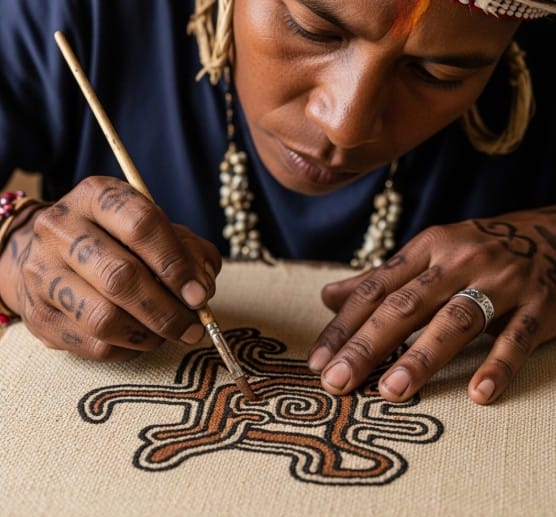
The Role of Traditional Art in Cultural Continuity
Traditional art forms—be they miniature paintings of Mughal India, Aboriginal dot paintings of Australia, or Native American sand art—are the living vessels of heritage. These art forms are often taught through generational lineage, with techniques, stories, and symbolism passed down orally or by demonstration.
For example, Indian Pattachitra art or Japanese Ukiyo-e prints carry regional histories and mythologies that are not written in mainstream texts. They speak of local gods, seasonal festivals, and customs through visual storytelling. In this sense, traditional art is not merely decoration—it is a cultural archive.
Artists practicing traditional forms often act as cultural custodians, safeguarding knowledge that would otherwise be lost. Every motif, color, and composition is intentional and meaningful. This connection makes it clear that art is a language of memory, ensuring traditions are not forgotten, even when the world around them changes.
Art as Historical Documentation
Art has served as a visual journal of societies for millennia. Ancient Egyptian wall paintings, Roman mosaics, Chinese scrolls, and Renaissance frescoes are not only artworks but historical records. They document dress codes, social hierarchies, architecture, religious rituals, and even political ideologies of their time.
The painting Liberty Leading the People by Eugène Delacroix, for instance, is not only a symbol of revolution but a visual recounting of France’s July Revolution of 1830. Similarly, Diego Rivera’s murals in Mexico depict the social struggles and indigenous roots of Mexican heritage.
Through these visual narratives, artists have given us access to periods where written records may have been censored, destroyed, or non-existent. This makes art an indispensable source for cultural history.
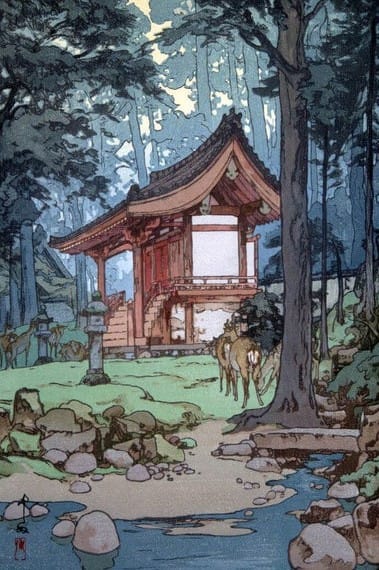
(Vintage Ukiyo-E Woodblock Prints of Japan)
Preservation Through Materials and Techniques
Cultural heritage in art is also preserved through the use of authentic materials and time-honored techniques. From natural dyes used in African kente cloths to the egg tempera in Byzantine icons, the medium is as important as the message. Using traditional tools and substances maintains a link to the ancestral methods and ecological knowledge of the past.
Modern revivals of ancient techniques—like fresco painting or tempera—are not simply aesthetic choices but conscious acts of cultural conservation. Artists and craftspeople who adhere to these methods are often doing so out of a desire to maintain historical authenticity and protect endangered cultural practices.
Preserving these materials and methods also protects intangible cultural heritage, as defined by UNESCO, which includes practices, representations, and skills that communities recognize as part of their cultural heritage.
Art as a Medium of Resistance and Identity
In many cultures, especially those impacted by colonization, war, or displacement, art becomes a form of resistance—a way of reclaiming identity and retelling history from a native perspective. Indigenous art, for instance, often communicates coded messages about land rights, ancestry, and cosmology.
The Quilombola communities in Brazil, the Maori artists in New Zealand, and tribal Indian painters in Madhubani have all used their traditional art forms to reassert their cultural identities and protect their stories from erasure. These art practices become a cultural shield, preserving heritage against homogenizing global influences.
In these cases, art not only preserves heritage but actively defends it. Murals, protest banners, ceremonial tattoos, and reclaimed artifacts all serve as reminders that culture is not static—it evolves, but rooted identity can resist being uprooted.
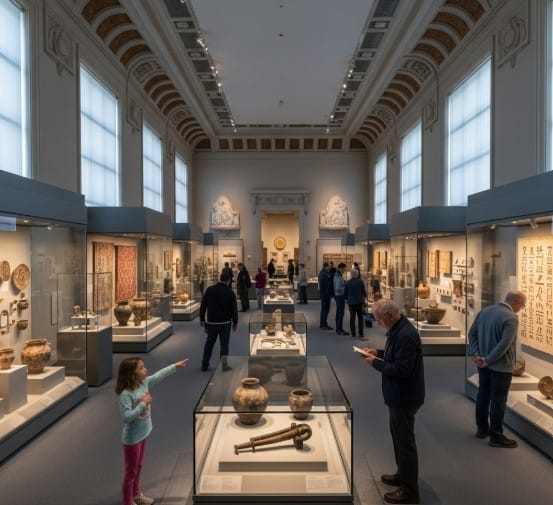
Museums, Galleries, and Cultural Institutions
The role of museums and galleries in preserving cultural heritage through art cannot be overstated. Institutions such as the British Museum, the Metropolitan Museum of Art, and Smithsonian Institution serve as repositories for global art traditions, showcasing and protecting works that might otherwise be lost due to conflict, neglect, or modernization.
However, this preservation is not without debate. Questions of cultural ownership and repatriation continue to challenge the ethics of housing art far from its origin. Nonetheless, these institutions also help promote cultural dialogue and education, ensuring the works are studied, conserved, and made accessible to a broader audience.
In recent years, many museums have collaborated with indigenous communities and local artists to provide proper context and representation, ensuring that art is not only preserved physically but culturally respected.
The Digital Age and Cultural Preservation
In today’s digital era, technology has become a powerful ally in the effort to preserve cultural heritage through art. High-resolution scanning, virtual galleries, and 3D modeling have made it possible to archive endangered artworks, temples, and sculptures that are at risk due to natural disasters, conflict, or degradation.
Initiatives like Google Arts & Culture have partnered with thousands of institutions to bring global art and artifacts online, allowing viewers worldwide to explore cultural treasures virtually. These efforts democratize access and ensure that cultural knowledge is not lost to time or geography.
Moreover, contemporary artists are using digital tools to revive and reinterpret traditional art forms—turning ancient symbols into NFTs, creating interactive art apps, or using augmented reality to tell folklore stories. In doing so, they are bridging the gap between past and future, bringing cultural heritage into the hands of new generations.
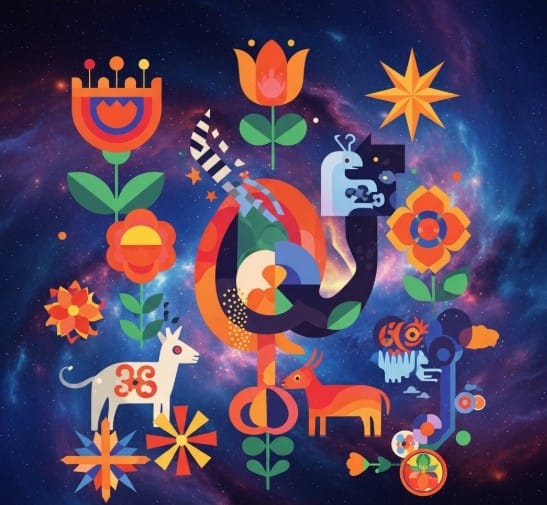
Contemporary Artists Reviving Cultural Narratives
Many contemporary artists today are deeply committed to preserving and reinterpreting cultural heritage. They draw inspiration from ancestral roots while responding to modern issues like migration, identity, and globalization.
Artists like El Anatsui, who uses recycled materials to reflect African traditions and histories, or Bhajju Shyam, whose Gond paintings tell tribal stories in urban contexts, are excellent examples. Their work reflects a dynamic engagement with heritage—not simply copying tradition, but reviving it meaningfully.
These artists are not just creators; they are storytellers, educators, and cultural ambassadors. Through their art, they ensure that traditional narratives remain alive, not as relics but as evolving expressions of culture.
How ISKUSS Contributes to Cultural Preservation
At ISKUSS, we believe that art rooted in culture has the power to preserve, educate, and inspire. By showcasing artworks that reflect both global diversity and culture, we aim to celebrate heritage through modern expression.
Our curated categories—from Traditional to Contemporary—are designed to highlight pieces that speak to historical legacy while also resonating with today’s aesthetic sensibilities. Whether it’s a digital reproduction of a folk painting or a modern landscape inspired by sacred geography, each artwork contributes to the living thread of cultural storytelling.
Explore our collections and learn how each piece reflects a piece of human heritage at ISKUSS.
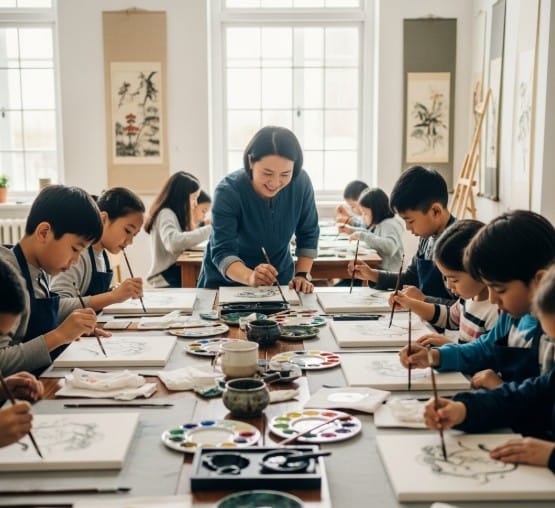
Global Examples of Art as Cultural Preservation
Across the world, numerous examples show how art preserves culture:
- Tibetan Thangka paintings continue to pass on Buddhist teachings and visual meditation techniques.
- Mexican Alebrijes (fantastical folk sculptures) represent indigenous cosmologies and storytelling.
- West African mask-making traditions preserve ancestral knowledge and spiritual practices.
- Aboriginal bark paintings encode sacred geography and Dreamtime stories.
Each of these practices shows that art is not simply aesthetic—it is cultural memory in motion.
To explore how global institutions are digitally preserving cultural treasures, visit Google Arts & Culture.
Conclusion: Art as a Bridge Across Time
Art is more than creation—it is cultural preservation. It carries with it the wisdom, identity, and voices of people across time. Whether painted on canvas, carved in stone, woven in cloth, or encoded digitally, art is a guardian of memory and a bridge to the future.
As societies become more interconnected and cultures face new challenges, supporting and valuing art as a vessel of heritage becomes crucial. Through platforms like ISKUSS, museums, education, and technology, we can ensure that the beauty and knowledge of our diverse traditions are not only remembered—but celebrated and reimagined.
